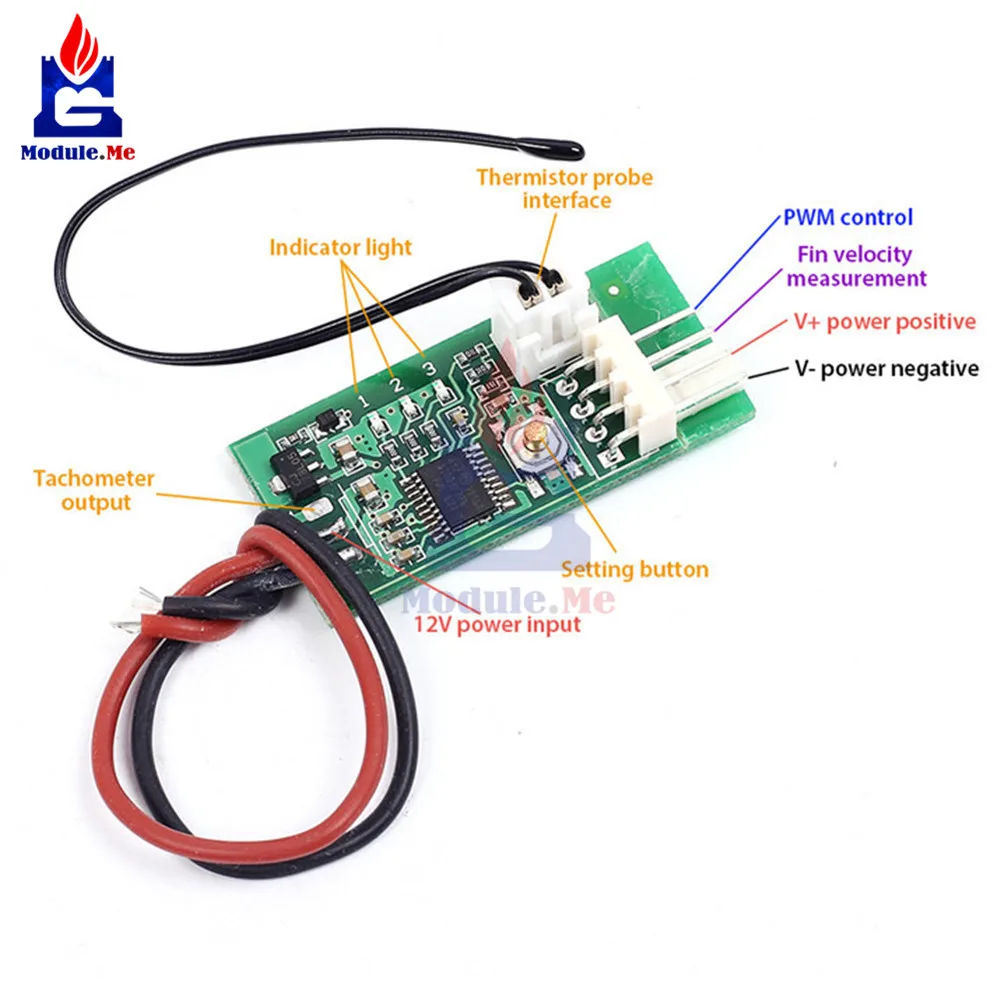

Cheap - I would need a lot of these, so the cheaper the better. Heat tolerant - mounting them might be a problem, they might have to dangle on top of motherboards wrapped in electrical tape 4. Small - I might have to squeeze these in tight spaces - like inside of packed power supplies 3. Simple - no complicated programming environment etc. The device should be some combination of these: 1. The input is a PWM signal and the output is a corresponding timer signal. I am sure that there are many different options available. However I want to build something which closely mimics the fan that was previously attached. I have tested attaching a 555 timer to the sense wire of the 4-pin fan connector and running the timer at the highest pulse rate which I was able to detect with a multimeter (and a hairdryer : ) This usually works because when the sensor senses a pulse rate that is higher than what it expects for the PWM signal it sends, it usually doesn't mind. When I replace the fans with larger and quieter ones, the fan controller senses that something is off and I start getting annoying warnings, or temperature sensors stop working, or some of the equipment might refuse to boot. The problem is that equipment like this comes with these small, insanely loud fans. I need it for my homelab - a personal collection of old servers and datacenter network switches and routers, mostly for educational purposes. How can I simulate an attached 12V fan to the sensor of a PWM fan controller? The simulator should also run on 12V to keep things simple.


 0 kommentar(er)
0 kommentar(er)
